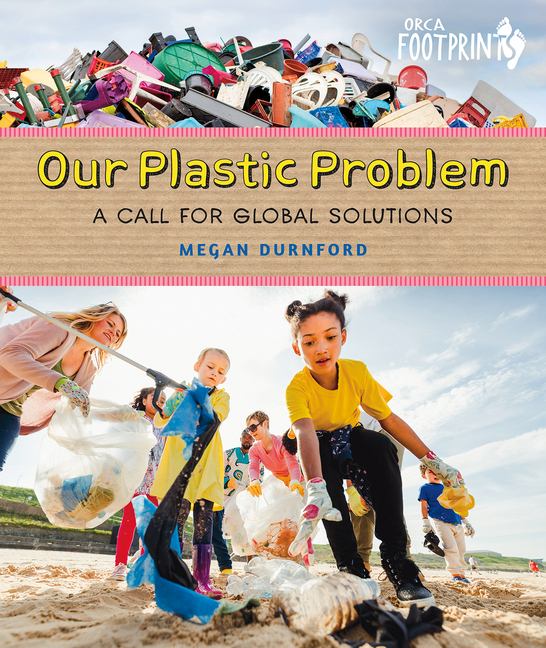Book Description
for Our Plastic Problem by Megan Durnford
From the Publisher
Key Selling Points
- This STEM title examines the history of plastic and plastic production, how it's used, how it affects the environment and human health, and explores solutions to our dependence on plastic. Includes short facts on information such as the first bottle return program (Oregon, 1972) and how each North American household releases 533 million microfibers into wastewater every year.
- Plastic has a big carbon footprint, and its production contributes to global greenhouse gas emissions. In the last 60 years the world has produced more than 8 billion tons of plastic, most of which still exists (as plastic does not biodegrade). In addition, only 9 percent of plastic is recycled.
- Looks at innovations to reduce our dependence on plastic, including bio-based and compostable plastic, green chemistry, mechanical and chemical recycling and the concept of extended producer responsibility (EPR). Also includes practical actions for young people to take to reduce the amount of plastic in their homes, schools and communities.
- This book had several expert reads by subject-matter experts in the history, production and effects of plastics.
- Author and documentary filmmaker Megan Durnford's interest in environmental science stems from her love of the natural world, and her scientific training (BSc. Biology) has enabled her to collaborate on several scientific and medical projects. Her first documentary film, Just a Lawn, highlighted Quebec’s pioneering ban on cosmetic pesticides and the dark side of “perfect lawns.”
Publisher description retrieved from Google Books.


